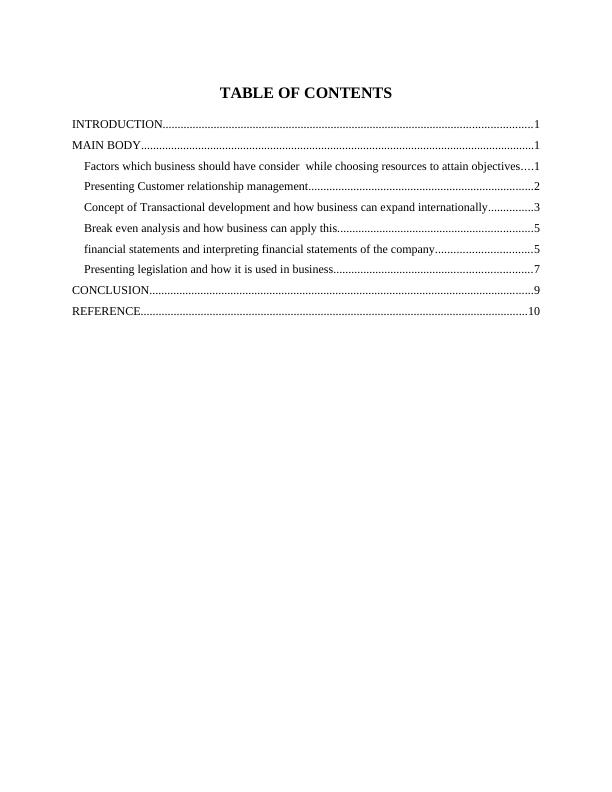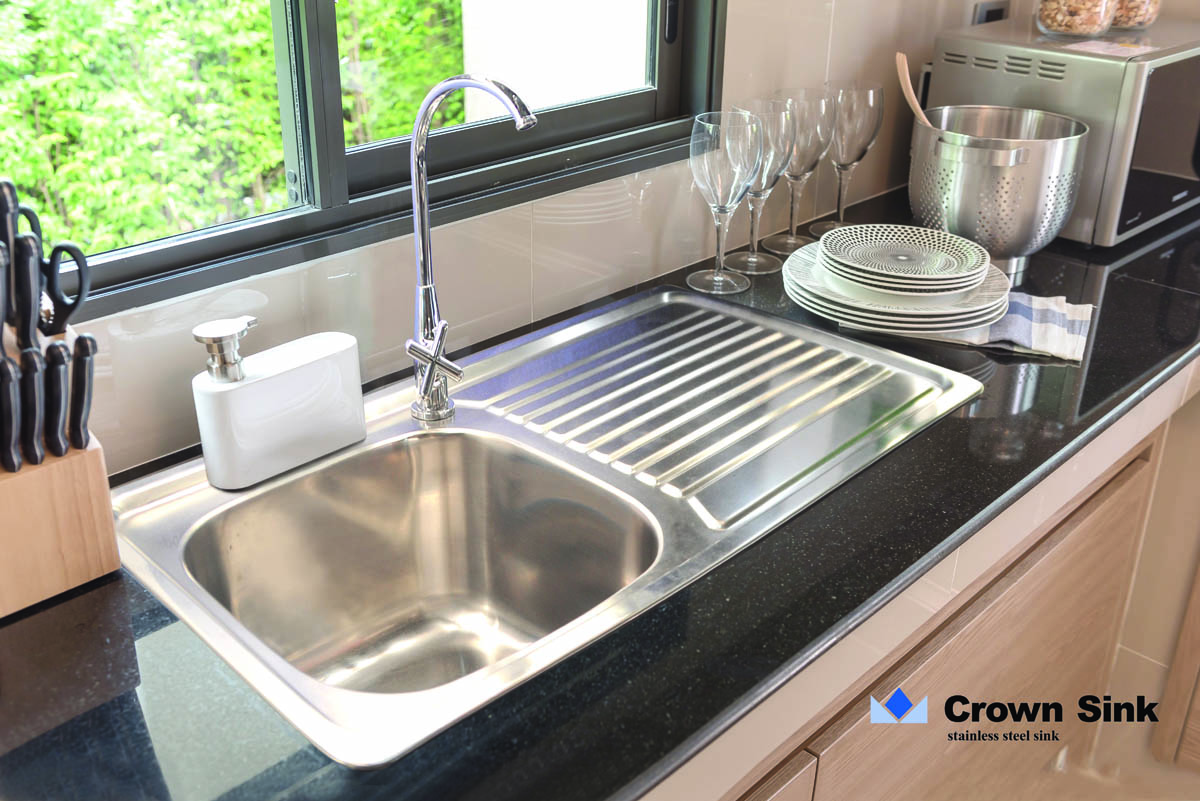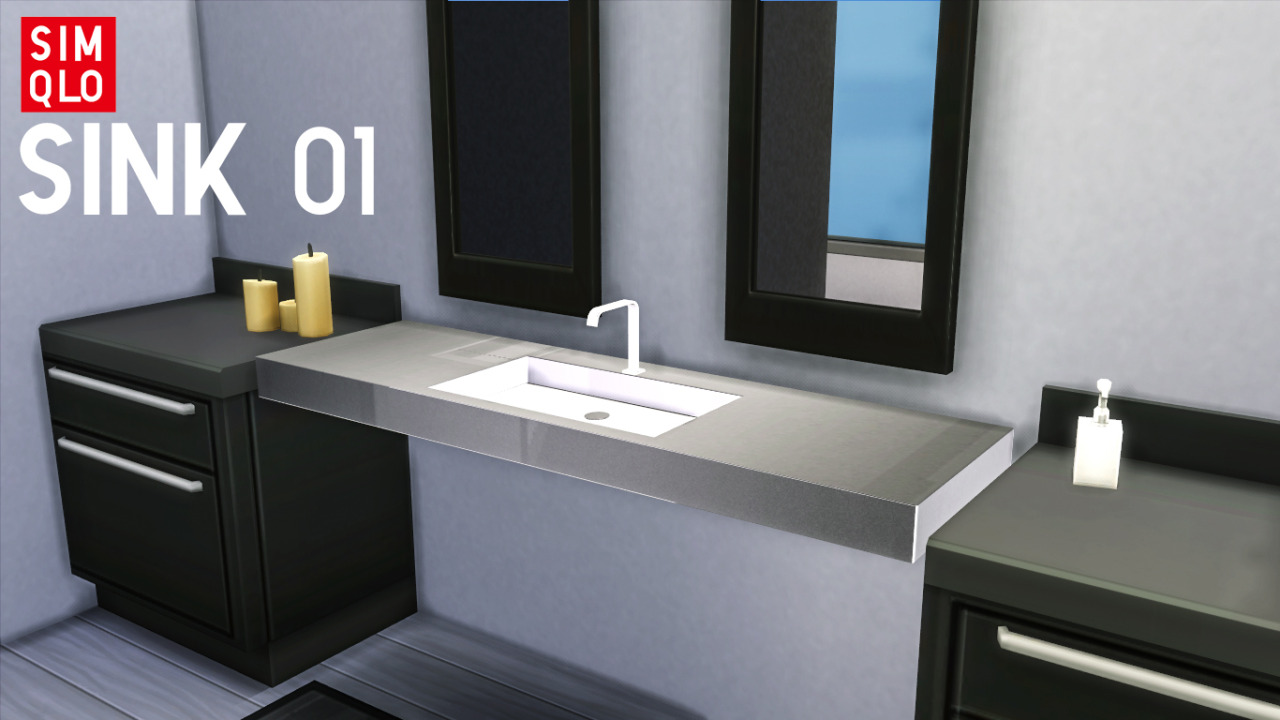Standard Kitchen Sink Waste Line Height
When it comes to installing a new kitchen sink or replacing an old one, it's important to consider the proper height for your waste line. This is the pipe that connects your sink's drain to the main sewer line and carries away all the wastewater. The standard kitchen sink waste line height is typically between 18-20 inches from the floor to the center of the waste pipe. However, this may vary depending on the type and size of your sink, as well as your local plumbing codes.
How to Determine the Proper Kitchen Sink Waste Line Height
The best way to determine the right height for your kitchen sink waste line is to consult with a licensed plumber. They will be able to assess your specific plumbing setup and provide you with the most accurate measurement. However, if you want to determine it yourself, there are a few things to consider.
First, you need to measure the distance between the bottom of your sink and the center of the waste pipe. This will give you a rough estimate of the height you need. Next, you should also take into account the height of your cabinet and any other fixtures that may affect the placement of the waste line.
It's essential to keep in mind that the waste line should be at a slope of at least 1/4 inch per foot to ensure proper drainage. This means that the higher the sink is above the waste line, the steeper the slope will need to be.
Recommended Kitchen Sink Waste Line Height for Different Types of Sinks
The recommended waste line height for your kitchen sink may vary depending on the type of sink you have. For a standard top-mount or undermount sink, the waste line should be around 18 inches. However, for a farmhouse or apron sink, which is much deeper, the waste line may need to be a bit higher to accommodate the extra depth.
If you have a double sink or a larger sink, the waste line may also need to be slightly higher to accommodate the extra volume of water. It's always best to consult with a plumber to determine the right height for your specific sink.
Common Mistakes When Installing Kitchen Sink Waste Line
One of the most common mistakes when installing a kitchen sink waste line is not considering the proper height. If the waste line is too low, the sink may not drain properly, leading to clogs and potential leaks. On the other hand, if the waste line is too high, it may cause excessive strain on the pipes and lead to leaks or backups.
Another common mistake is not allowing enough slope in the waste line. As mentioned earlier, the waste line should have a slope of at least 1/4 inch per foot to ensure proper drainage. If the slope is not sufficient, it can lead to standing water and potential clogs.
Factors to Consider When Choosing Kitchen Sink Waste Line Height
There are several factors to consider when determining the proper height for your kitchen sink waste line. These include the type and size of your sink, the height of your cabinet, and the slope of your waste line. You should also take into account any other fixtures, such as a garbage disposal, that may affect the placement of the waste line.
It's also crucial to consult with your local plumbing codes to ensure that your waste line is installed at the correct height. These codes may vary depending on your area, so it's best to check with your plumber or local authorities.
Importance of Proper Kitchen Sink Waste Line Height
The proper height for your kitchen sink waste line is essential for several reasons. First and foremost, it ensures that your sink drains correctly, preventing clogs and backups. It also helps to prevent leaks and damage to your pipes, which can be costly to repair.
Proper waste line height also ensures that your plumbing system is up to code, which is necessary for insurance purposes and may be required if you ever decide to sell your home.
How to Adjust Kitchen Sink Waste Line Height
If you need to adjust the height of your kitchen sink waste line, it's best to leave it to a licensed plumber. They have the knowledge and expertise to determine the correct height and make any necessary adjustments without causing damage to your plumbing system.
If you attempt to adjust the waste line yourself, you run the risk of making a mistake and causing more significant issues. It's always best to consult with a professional to ensure the proper installation and adjustment of your waste line.
Tools and Materials Needed for Installing Kitchen Sink Waste Line
If you're installing a new kitchen sink or replacing an old one, you'll need a few tools and materials to install the waste line correctly. These may include a hacksaw, pipe cutter, adjustable wrench, plumber's putty, and PVC piping. Depending on your specific setup, you may also need a garbage disposal and its corresponding plumbing components.
Step-by-Step Guide for Installing Kitchen Sink Waste Line
If you're installing a new kitchen sink and need to install the waste line, here's a general step-by-step guide to follow:
Tips for Maintaining Proper Kitchen Sink Waste Line Height
Maintaining the proper height for your kitchen sink waste line is crucial for the functionality and longevity of your plumbing system. To ensure that it remains at the correct height, you should regularly check for any signs of leaks or clogs and address them promptly.
It's also essential to avoid pouring grease, oils, and other solid materials down the drain, as these can cause clogs and backups. Regularly cleaning your sink and using a drain stopper or strainer can also help prevent debris from entering the waste line.
Kitchen Sink Waste Line Height: An Important Aspect of House Design
Why is the Kitchen Sink Waste Line Height Important?
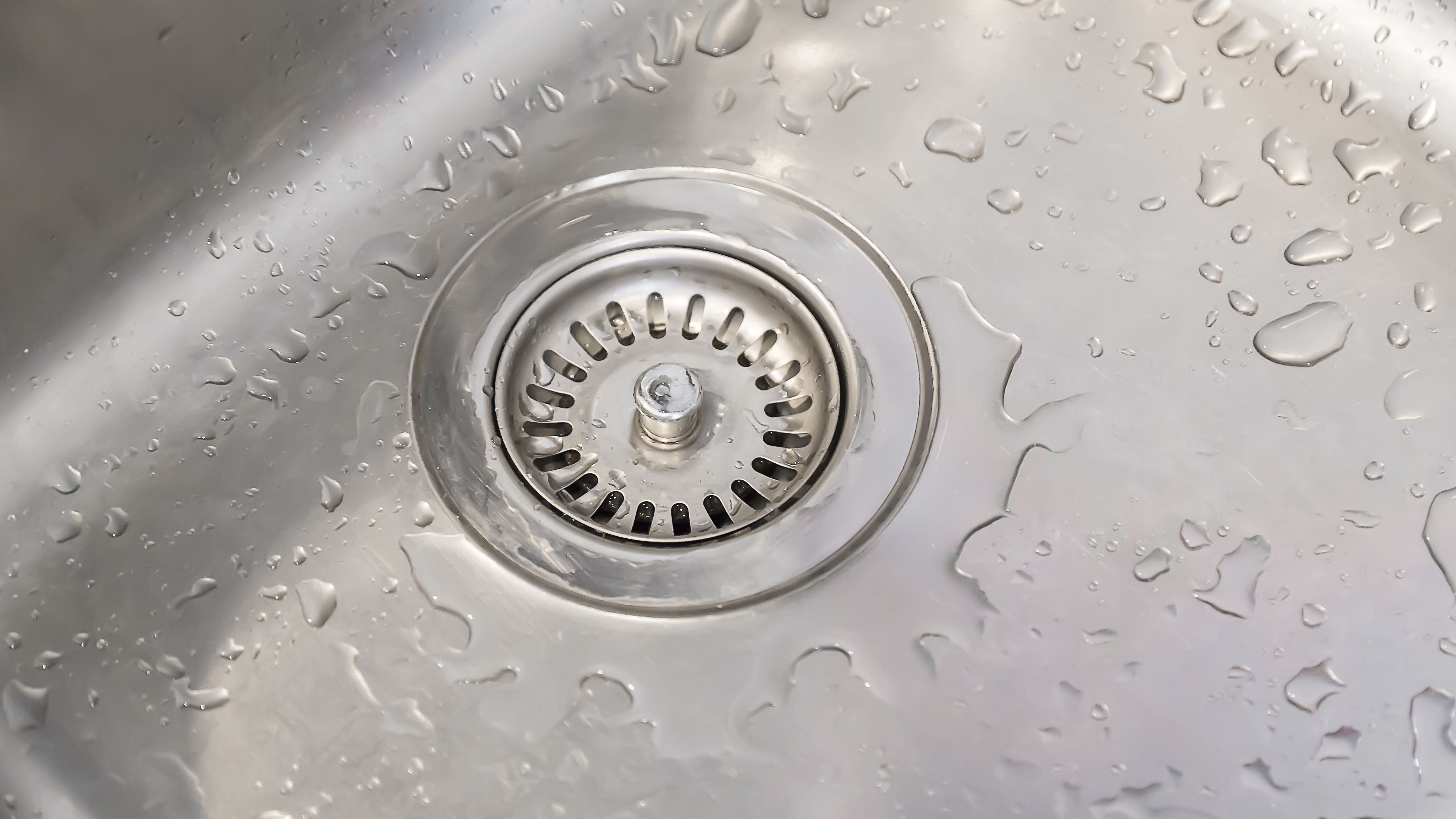 When it comes to designing a house, every detail counts. From the layout of the rooms to the color of the walls, each decision plays a crucial role in creating a functional and aesthetically pleasing space. One aspect that is often overlooked, but has a significant impact on the overall design, is the height of the kitchen sink waste line.
The kitchen sink waste line, also known as the drain line, is the pipe that carries the wastewater from your sink to the main sewer line. While it may seem like a minor detail, the height at which this pipe is installed can have a significant effect on the functionality of your kitchen.
Proper Drainage and Avoiding Clogs
The primary purpose of the kitchen sink waste line is to remove dirty water and food debris from your sink. If the pipe is not installed at the correct height, it can impede the flow of water and cause clogs. This can lead to unpleasant odors, slow draining sinks, and even water damage in your kitchen.
Convenient for Everyday Use
In addition to preventing clogs, having the kitchen sink waste line at the proper height makes it more convenient for everyday use. If the pipe is too high, you may have to bend down to reach it, which can be uncomfortable and even dangerous. On the other hand, if the pipe is too low, it can get in the way of your feet when standing at the sink, making it difficult to wash dishes or prepare food.
When it comes to designing a house, every detail counts. From the layout of the rooms to the color of the walls, each decision plays a crucial role in creating a functional and aesthetically pleasing space. One aspect that is often overlooked, but has a significant impact on the overall design, is the height of the kitchen sink waste line.
The kitchen sink waste line, also known as the drain line, is the pipe that carries the wastewater from your sink to the main sewer line. While it may seem like a minor detail, the height at which this pipe is installed can have a significant effect on the functionality of your kitchen.
Proper Drainage and Avoiding Clogs
The primary purpose of the kitchen sink waste line is to remove dirty water and food debris from your sink. If the pipe is not installed at the correct height, it can impede the flow of water and cause clogs. This can lead to unpleasant odors, slow draining sinks, and even water damage in your kitchen.
Convenient for Everyday Use
In addition to preventing clogs, having the kitchen sink waste line at the proper height makes it more convenient for everyday use. If the pipe is too high, you may have to bend down to reach it, which can be uncomfortable and even dangerous. On the other hand, if the pipe is too low, it can get in the way of your feet when standing at the sink, making it difficult to wash dishes or prepare food.
How to Determine the Ideal Height for Your Kitchen Sink Waste Line
 The ideal height for your kitchen sink waste line will depend on a few factors, such as the size of your sink and the type of countertop you have. However, as a general rule, the pipe should be installed at a minimum of 18 inches from the floor and a maximum of 24 inches. This range allows for proper drainage and also ensures that the pipe is not too high or low for comfortable use.
Consult a Professional
To ensure that your kitchen sink waste line is installed at the correct height, it is best to consult a professional plumber. They have the knowledge and experience to determine the ideal height for your specific kitchen layout and can also make sure that all local building codes and regulations are met.
In conclusion, the kitchen sink waste line height may seem like a minor detail, but it plays a crucial role in the overall design and functionality of your kitchen. By paying attention to this aspect during the planning and construction phases of your house, you can avoid potential issues and create a more convenient and comfortable space for everyday use.
The ideal height for your kitchen sink waste line will depend on a few factors, such as the size of your sink and the type of countertop you have. However, as a general rule, the pipe should be installed at a minimum of 18 inches from the floor and a maximum of 24 inches. This range allows for proper drainage and also ensures that the pipe is not too high or low for comfortable use.
Consult a Professional
To ensure that your kitchen sink waste line is installed at the correct height, it is best to consult a professional plumber. They have the knowledge and experience to determine the ideal height for your specific kitchen layout and can also make sure that all local building codes and regulations are met.
In conclusion, the kitchen sink waste line height may seem like a minor detail, but it plays a crucial role in the overall design and functionality of your kitchen. By paying attention to this aspect during the planning and construction phases of your house, you can avoid potential issues and create a more convenient and comfortable space for everyday use.
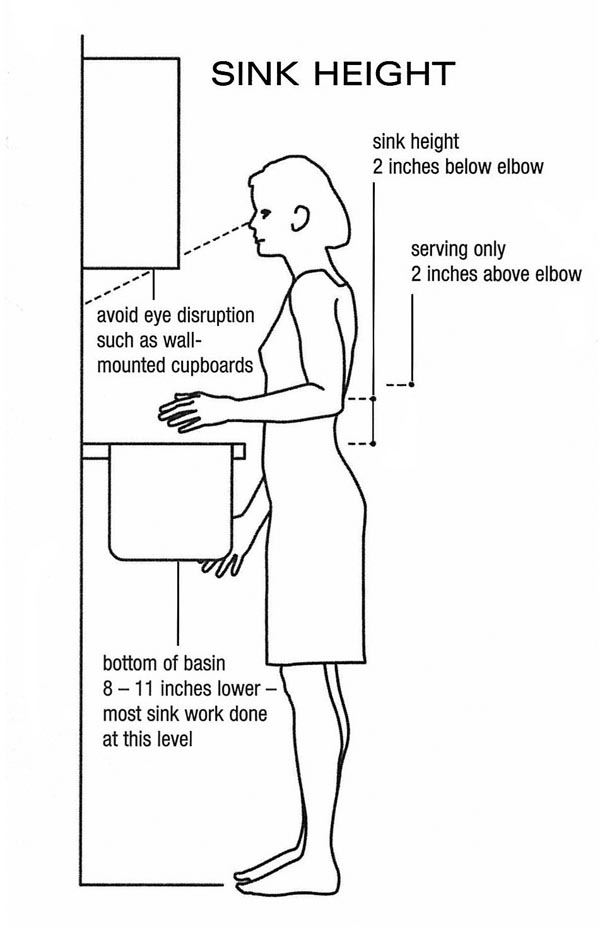


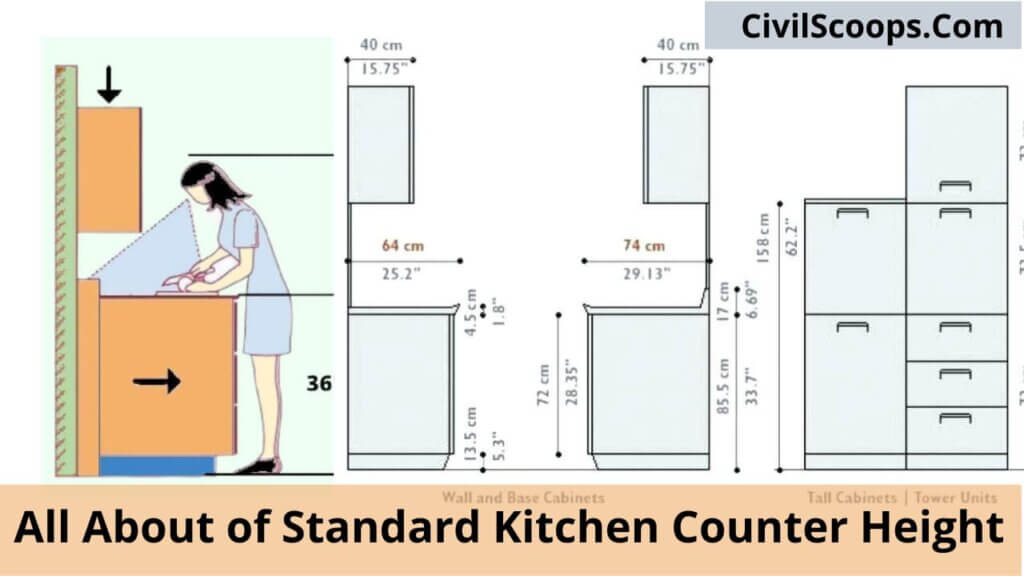







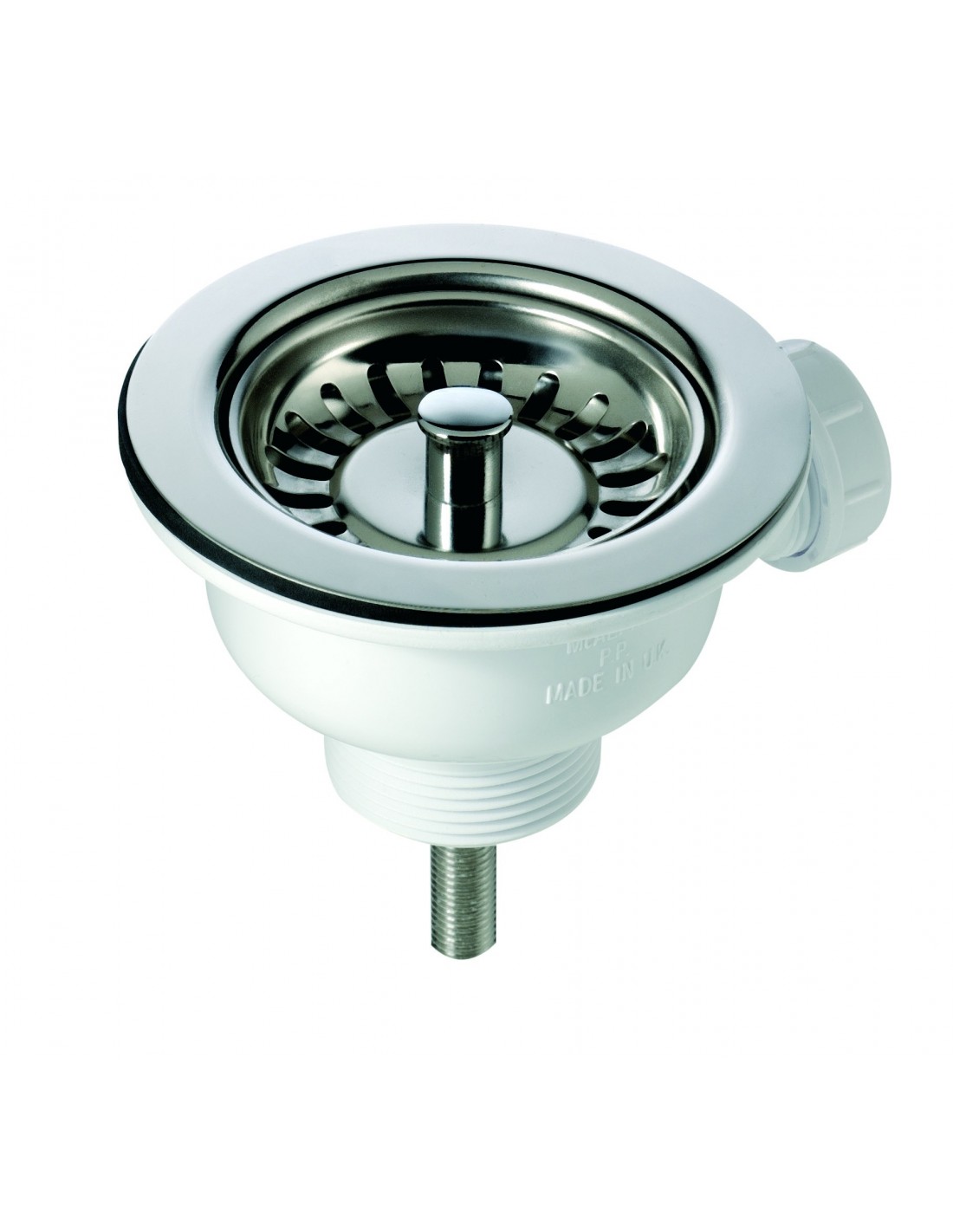


















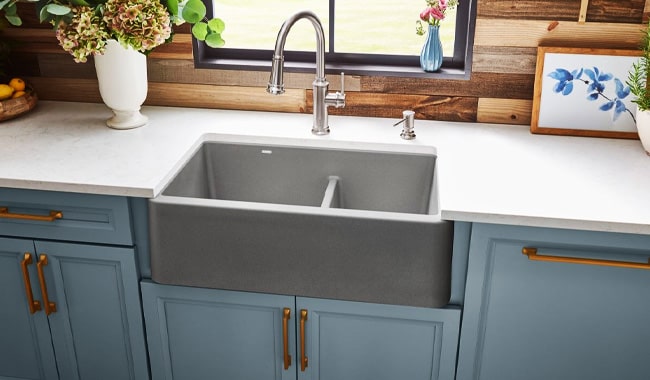





:no_upscale()/cdn.vox-cdn.com/uploads/chorus_asset/file/19495086/drain_0.jpg)


